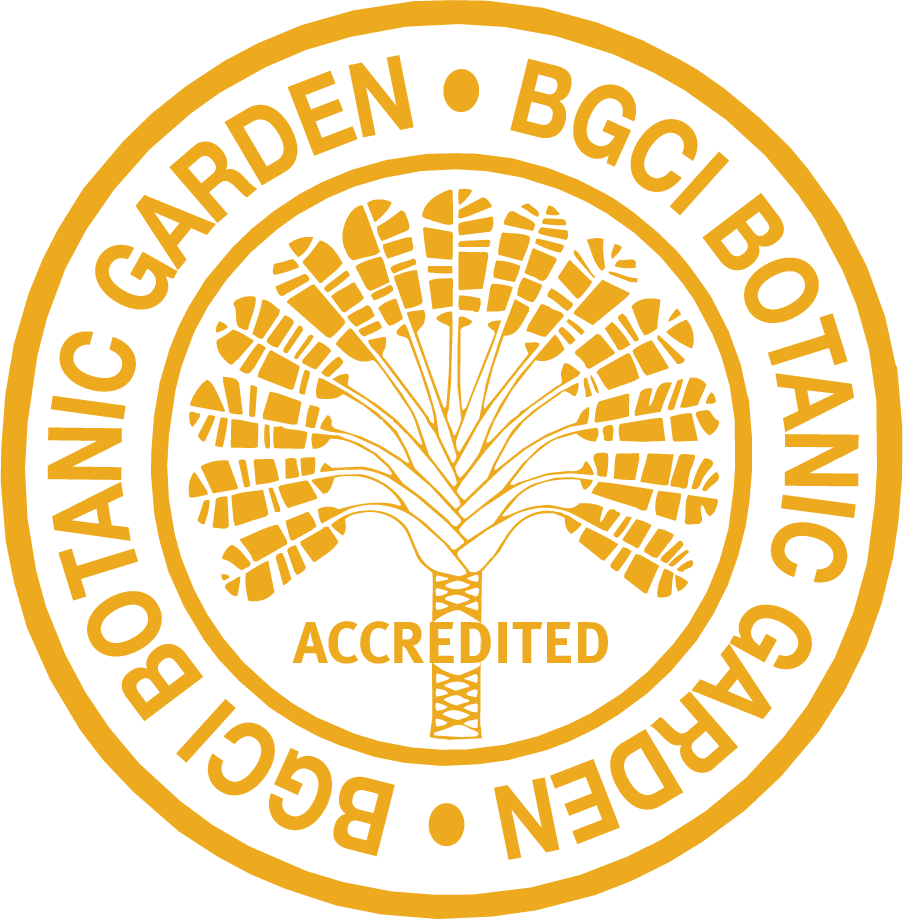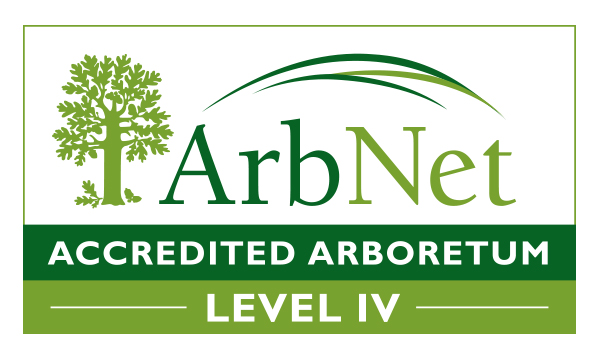
Red mulberry (Morus rubra) is a small-medium sized understory tree of eastern North America. In Ontario, red mulberry is a endangered species, restricted to a small number of individuals (between 200-300 in total) scattered across only a few key populations in the Hamilton-Niagara region and in the Essex County region. In addition to pressures resulting from habitat fragmentation, red mulberry is also threatened by white mulberry, a non-native species that is often planted as an ornamental tree. These two species of mulberry easily hybridize, but white mulberry and the hybrids are able to outcompete red mulberry on the landscape. The result is a steady erosion of pure red mulberry stands through hybridization and introgression of white mulberry.
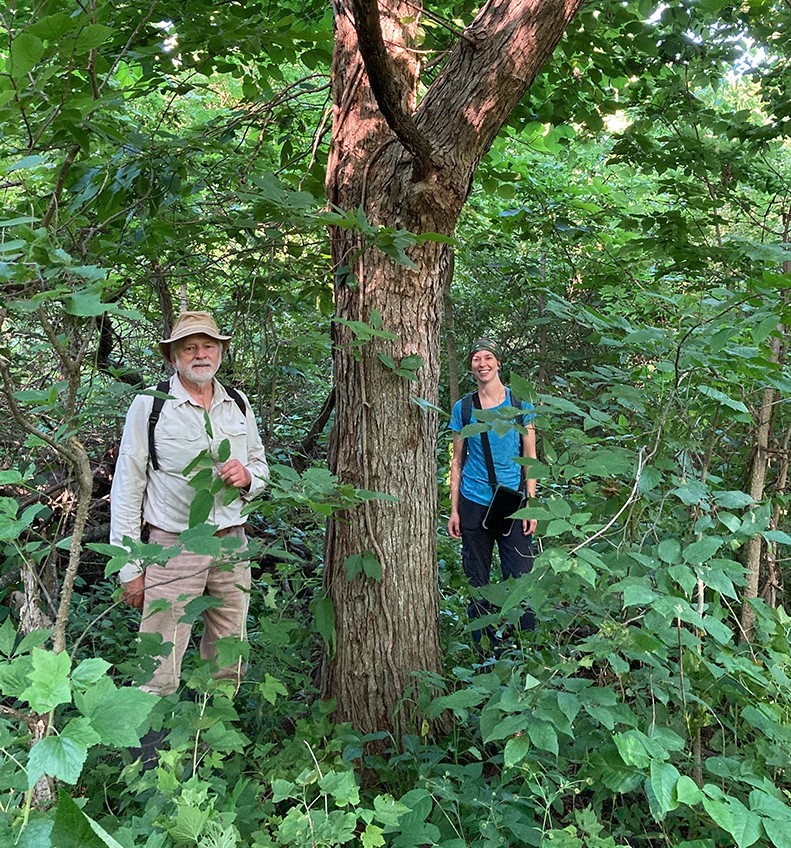
Morphologically, the two species can be a little tricky to distinguish. Individuals can vary somewhat and hybrids display a mixture of characteristics that can be downright confusing. The removal of hybrids and white mulberry individuals from natural areas reduces the threat to red mulberry, but this is complicated by the difficulty in positively distinguishing red mulberry from hybrids. More information about the physical characteristics of red mulberrry and how to distinguish it from white mulberry can be found on our red mulberry species page [1].
This Arboretum has been working with several different conservation agencies in southwestern Ontario to form a Red Mulberry Working Group to move forward with recovery efforts. Our partners have been surveying and monitoring populations within the range and leaf samples taken from each individual tree are sent to the Arboretum for genetic analysis to determine whether these individuals are red, white or hybrids.
As a next step towards recovering the species, the Arboretum is also propagating individuals that have been identified as pure red mulberry for the establishment of a long-term seed orchard and ex situ plant conservation archive. This will allow for improved efficiency of propagation and make available pure, source-identified red mulberry for distribution to partners for their recovery projects. Through these combined efforts of monitoring, stewardship, conservation and restoration we strive for a future where red mulberry can once again thrive in the wild and successfully regenerate on their own.
Learn more about our partnered conservation efforts and the preservation of red mulberry in the videos below:
Ontario Red Mulberry Working Group
- University of Guelph Arboretum
- Royal Botanical Gardens [2] (Canada)
- Conservation Halton [3]
- Hamilton Conservation Authority [4]
- Pelee Island Mulberry Working Group
- Parks Canada (Point Pelee National Park [5])
- Ontario Parks (Rondeau Provincial Park [6] and East Sister Island [7])
- Landcare Niagara [8]
- Niagara Parks Botanical Garden [9]


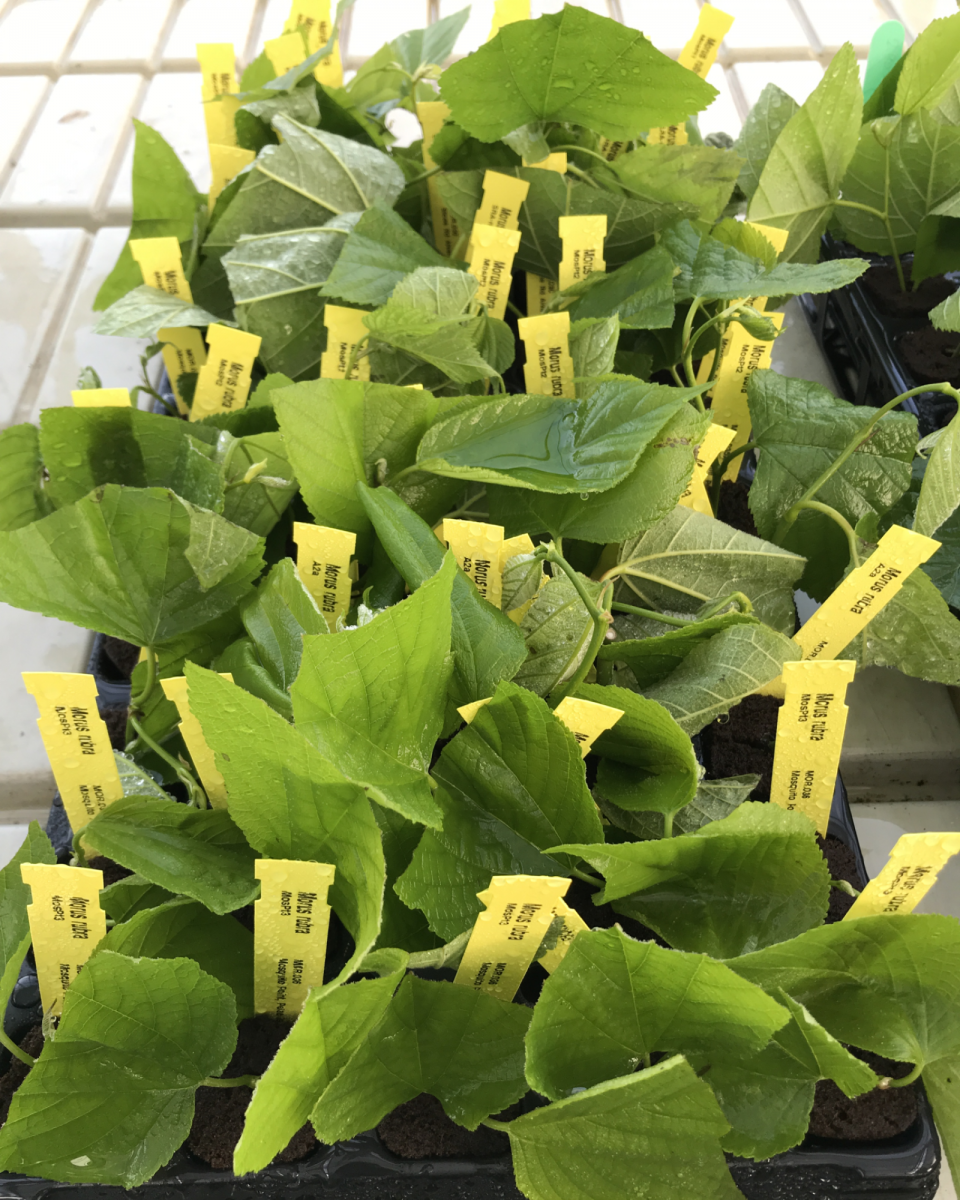


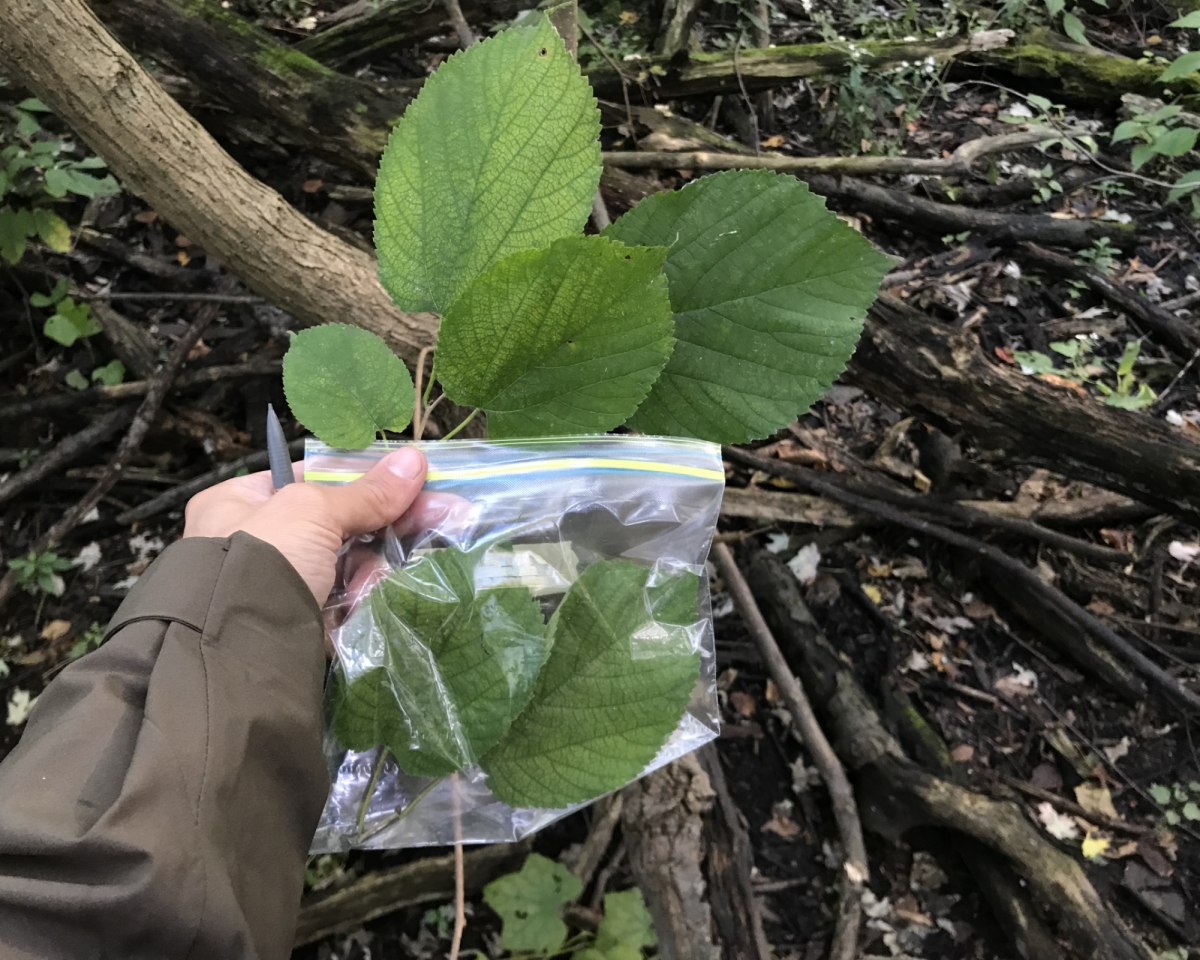
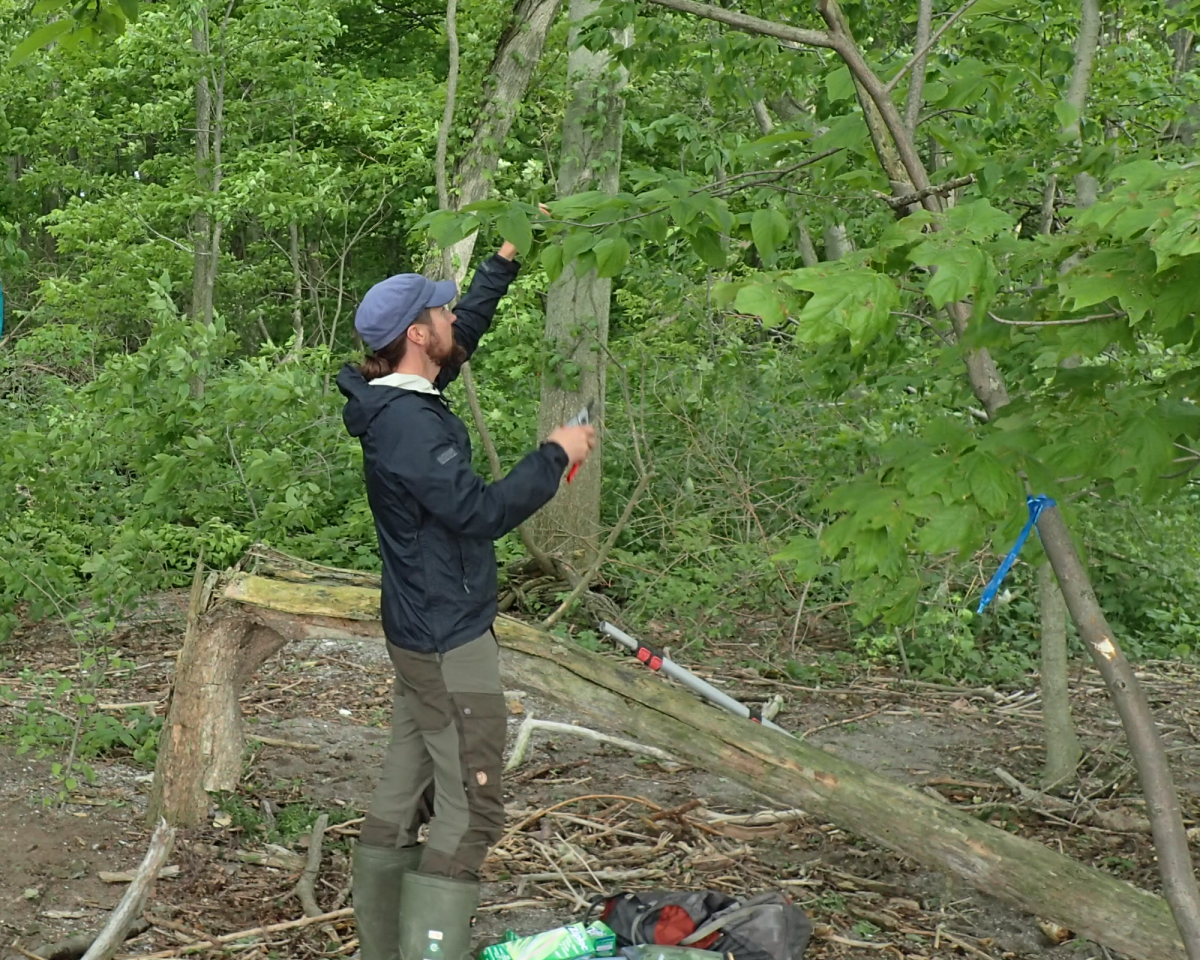
To report a red mulberry sighting, please visit the Ontario rare species reporting website [10]. For more information about the provincial recovery strategy, visit the Ontario Species at Risk website. [11]
